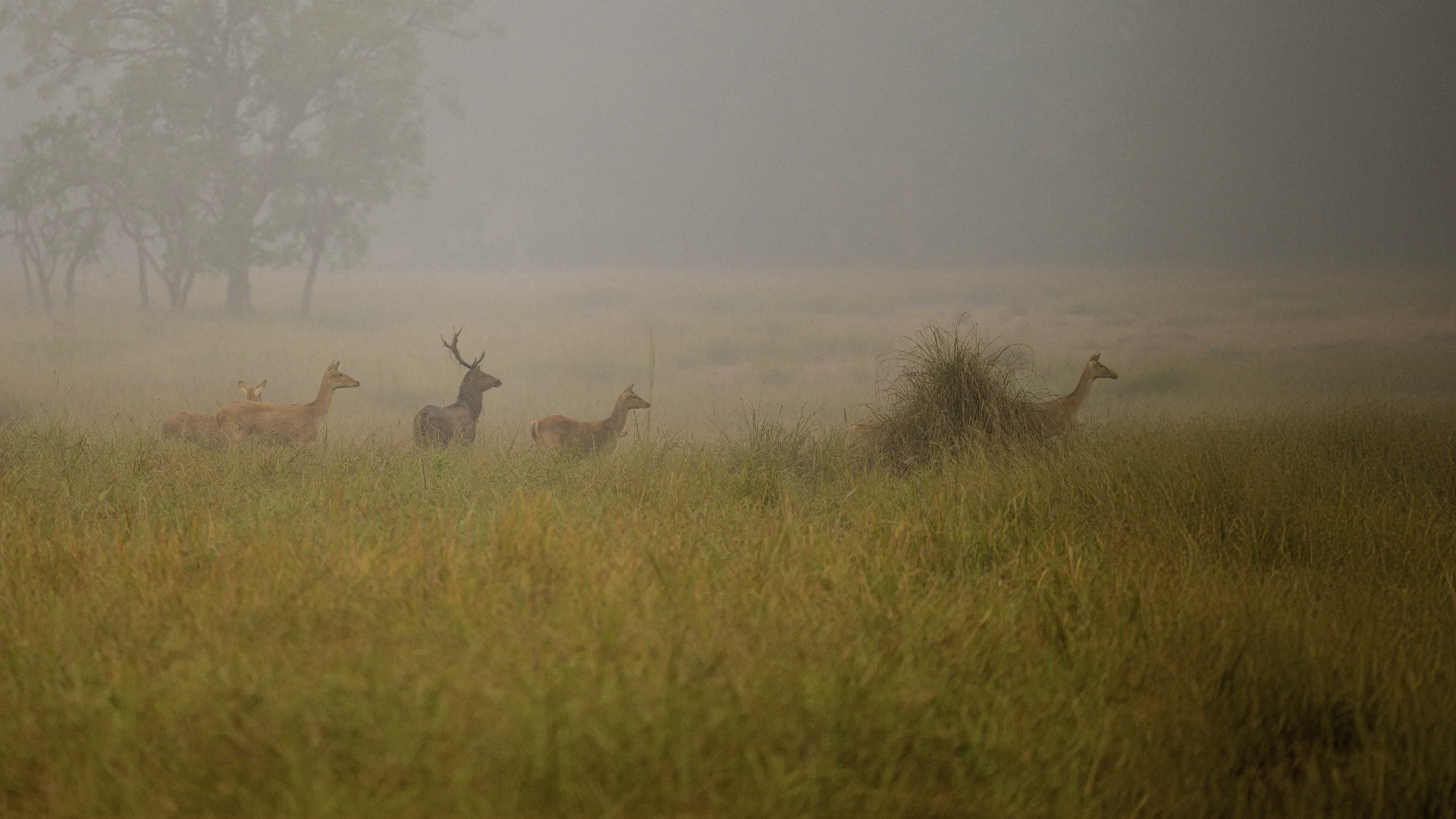
The Wasp Illusion
The Wasp Illusion - Evolution's Clever Trick Hidden in Moths
When I first arrived at Outpost 12, near the Kanha Tiger Reserve in Madhya Pradesh, I was stepping into a new chapter of my journey as a naturalist. Having worked across different states in India as a biodiversity expert, I had spent years assessing ecosystems, plants, birds, and insects; but never in a tiger state. The thrill of working in one of India's most celebrated wildlife landscapes was something else entirely.
Over the past year, I have been documenting the biodiversity within our property at Outpost 12, and the diversity here continues to astonish me. From the smallest ants to the elusive nightjars, every night revealed something new. But my true fascination began after sunset, when the lights drew in an entire hidden world of moths.
Night after night, I stood with my camera and notebook, watching delicate wings flutter toward the glow. In just one year, I recorded around 500 species of moths, each unique in shape, pattern, and behaviour. Yet, among all these discoveries, one encounter changed the way I look at mimicry forever.
One evening, while observing insects near the ground, I noticed what appeared to be a pair of wasps mating. But something about one of them felt different. When I looked closer, I noticed a proboscis-like that of a butterfly or moth. Intrigued, I took a few photographs and later uploaded them on iNaturalist, a citizen science platform where experts help identify species.

The response surprised me. It wasn't a wasp at all, it was a moth from the genus Trilochana, a species that mimics wasps with astonishing precision. The mimicry was so perfect that even I, who had spent years studying insects, had been fooled in the field!
This discovery sent me on a new quest. Over the following months, I found two more moth species at Outpost 12 that mimic wasps. Their flight patterns, body colors, and even the way they hover over flowers like marigolds perfectly imitate the wasps they resemble. These disguises help them avoid predators, who prefer to stay far away from anything that looks capable of stinging.

Nature never stops surprising me. What I had once thought of as simple insects turned out to be masters of deception-living examples of evolution's genius. Watching these moths, I'm reminded that survival in the wild often depends not on strength or speed, but on clever illusion.

Every evening at Outpost 12, as I set up my light trap under the vast Kanha sky, I wonder what secret story the night will tell next.
Follow Ravi Naidu - TheBirdPerson


